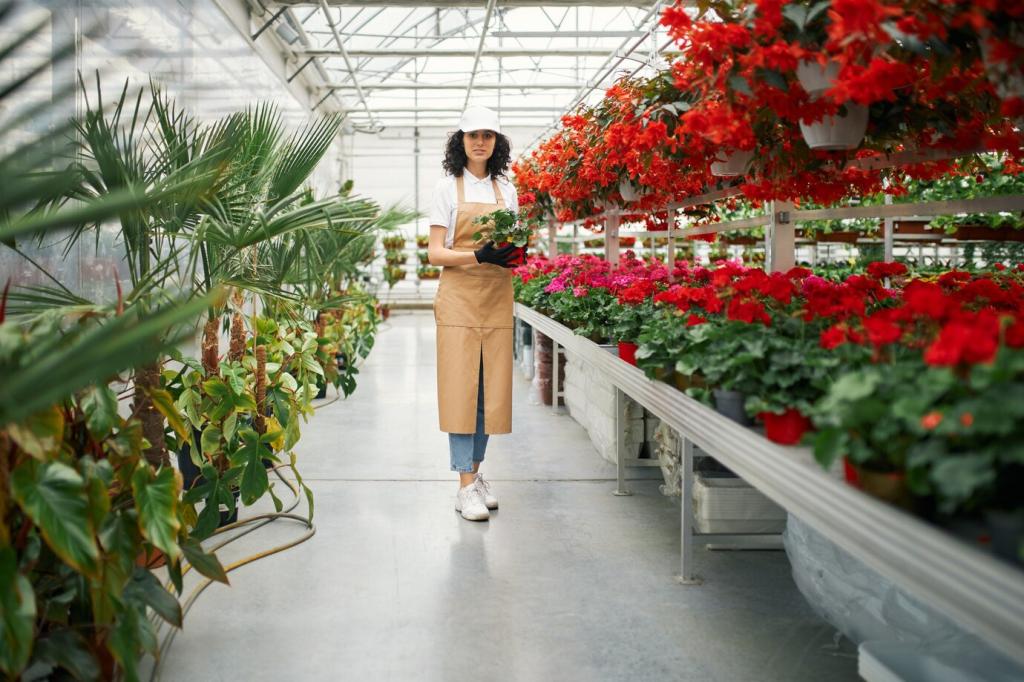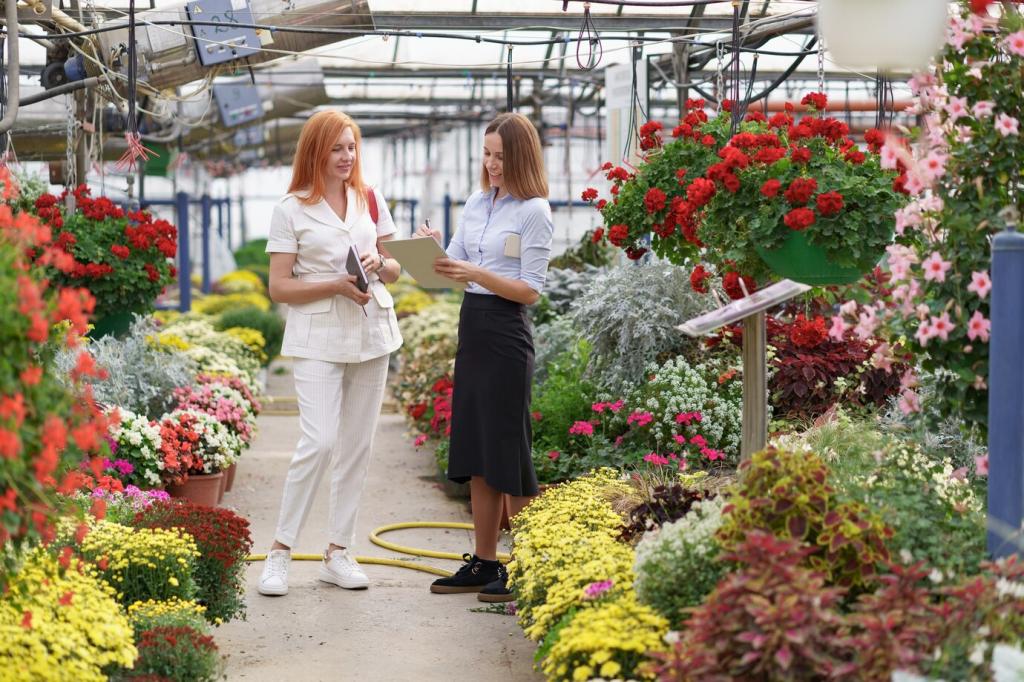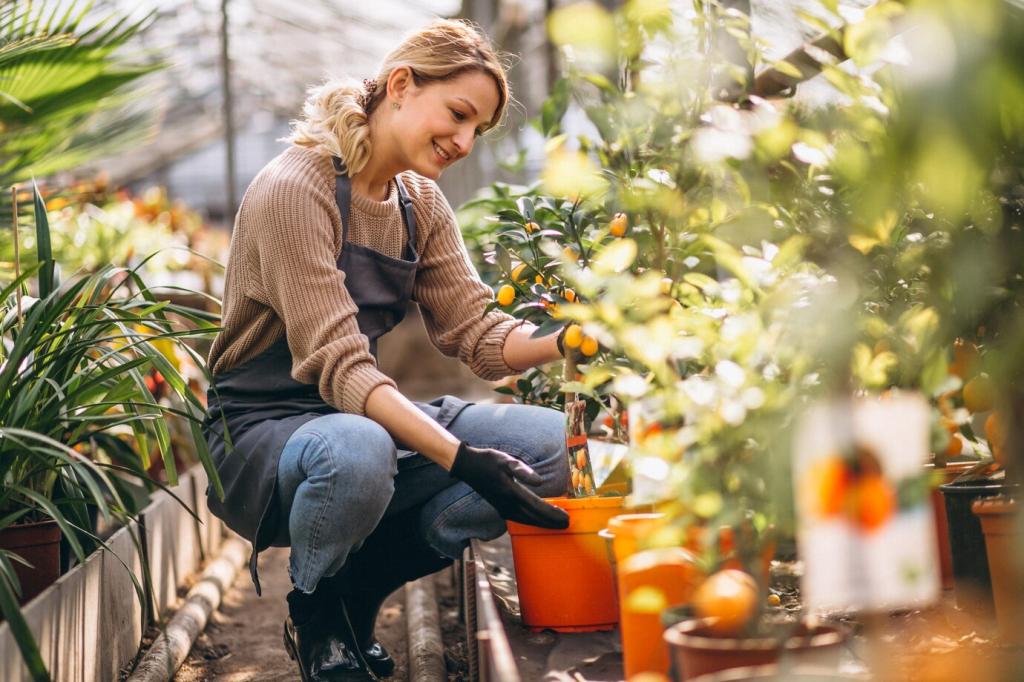
Rooftop Gardening Practices
Rooftop gardening practices have become an increasingly popular way to make urban living more sustainable and enjoyable. As cities become denser and green space becomes scarce, turning unused rooftop areas into vibrant gardens offers both aesthetic and environmental benefits. Effective rooftop gardens require strategic planning, knowledge of suitable plants, appropriate infrastructure, and ongoing maintenance. By transforming barren roofs into green sanctuaries, city dwellers can foster biodiversity, reduce heat, and enjoy locally grown produce.
Planning and Design
Site Assessment and Preparation
Before any gardening begins, it’s imperative to conduct a careful assessment of the rooftop site. This involves analyzing sun and wind exposure, determining the structural strength of the roof, and ensuring proper drainage systems are in place. Consulting with architects or engineers helps to assess the building’s load-bearing capacity, which dictates the types of containers, soil, and plants that can be safely used. A clear understanding of the rooftop’s characteristics informs the eventual layout and plant selection, minimizing potential problems down the line.

Appropriate Plant Selection
Choosing the ideal plants for a rooftop garden involves considering several factors, including sun exposure, wind tolerance, root depth, and weight. Herbs, small fruits, succulents, and drought-resistant flowers tend to excel in rooftop environments, offering beauty and productivity with minimal care. Native species are particularly advantageous, as they require less water and are adapted to local climates. By carefully matching plant species to rooftop conditions, gardeners ensure robust growth and reduce the need for intensive maintenance.
Efficient Container Systems
Containers are fundamental elements of rooftop gardening, as they simplify soil management and minimize structural load. Lightweight pots and raised beds made of durable materials are preferable, as they are easier to move and less likely to stress the building’s framework. Choosing correct container sizes ensures proper root development while facilitating regulated water drainage. The use of self-watering planters and modular systems can conserve resources and streamline the gardening process, making rooftop cultivation more accessible to beginners and veterans alike.
Soil and Growing Mediums
Soil selection directly impacts the health and productivity of rooftop gardens. Lightweight, well-draining growing mediums are essential to prevent waterlogging and reduce excess weight. Many rooftop gardeners use custom mixes of compost, perlite, peat, and vermiculite to provide nutrients while maintaining manageable bulk. Regular amendments with organic matter help sustain plant health over time. The use of mulches can help conserve moisture and stabilize soil temperatures, further contributing to vibrant rooftop vegetation.
Water Management and Irrigation
Rooftop gardens benefit greatly from automated or semi-automated irrigation systems that deliver consistent moisture to plants. Drip irrigation, which delivers water directly to plant roots, is especially effective because it minimizes evaporation and conserves water. Systems can be equipped with timers or moisture sensors to optimize water use based on environmental conditions. Incorporating rainwater harvesting systems and water recycling can further enhance sustainability, ensuring that rooftop gardens remain flourishing with minimal impact on local resources.

